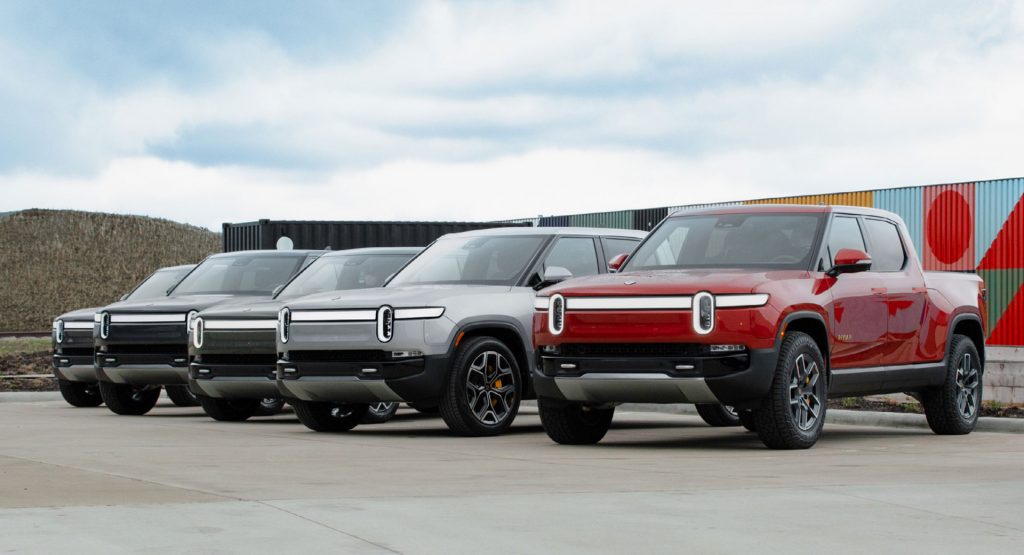The automotive manufacturing industry is still struggling to deal with supply chain issues. Despite that, a number of companies are finding a way to increase or at least maintain production goals. Rivian can now be counted among those succeeding as it’s just announced that production nearly doubled in the second quarter and it’s still on track to meet its goals by the end of the year.
It’s worth noting that originally, Rivian had planned to make some 40,000 vehicles during 2022 but revised its production target back in March. Still, that new goal of 25,000 units is a lofty one and would go a long way towards rebuilding much of the confidence that shareholders had in the brand when it launched its IPO last year.
During the first quarter, the all-electric pickup truck builder saw 2,553 vehicles roll off of the production floor. Now, they’ve built a further 4,401 units during the second quarter making for a total of 6,954 this year so far. In addition, it delivered some 4,467 vehicles to customers during the second quarter. As CEO RJ Scaringe pointed out on Twitter, the ramp-up is going according to plan despite supply issues.
Read More: Rivian’s First Adventure Network Charging Stations Open In Colorado, California
Supply chain and production are ramping! We just announced production of 4,401 vehicles for Q2 bringing our cumulative total since start of production to 7,969 — keeping us on track to reach our year-end goals. Thank you to our team & suppliers.
— RJ Scaringe (@RJScaringe) July 6, 2022
The news sent the companies stock upwards some 11 percent on Wednesday. While meeting its 25,000-unit production goal this year would serve the stock price and consumers well, it’s nowhere near what the plant in Normal, IL, is capable of. Rivian is hoping that 2023 production can reach more than six figures next year. It says that the plant is capable of 150,000 per year but that 200,000 might be possible as well.
That’s to say nothing of the new plant that it’s building in the state of Georgia. That location is the subject of the largest incentives package in the state’s history and could do more than double total production volume once it’s operational. It’s also the largest development project in the state since World War II.
What do you make of this news surrounding Rivian and its production goals? Are you more confident in the brand or still dubious about its claims for triple-digit production next year? Let us know in the comments below!





